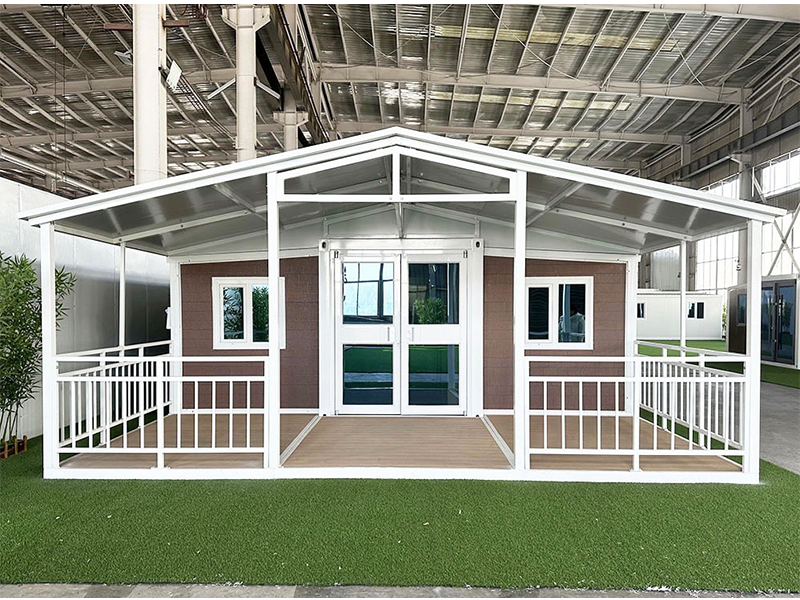Market Background and Scale

Demand-Driven Market Expansion
Housing Gap Pressure: The UK’s social housing waiting list has reached 120,000 people (for example, in the London Borough of Ealing), with over 2,000 new applications annually. However, the annual supply is only 800 units, resulting in a 60% shortfall. Against this backdrop, container housing has become an emergency option for municipalities, such as Brighton Council in East Sussex, which has converted 36 shipping containers to house homeless people.
Affordability: Expandable container housing costs 30% less than traditional buildings (as demonstrated by the Ten Fold project), and since it requires no foundation construction, it is suitable for non-standard sites such as brownfield sites and parking lots. London’s BOXPARK shopping mall, built from shipping containers, offers annual rent of £25,000 per store, 40% lower than in traditional shopping districts.
Market Size Quantification: Global container housing sales are expected to reach 15.4 billion yuan in 2023, with the UK accounting for 35% of the European market share (a leading country). This figure is projected to reach 27.08 billion yuan in 2030.
Industry Challenges and Development Prospects
Structural Obstacles
Thermal Defects: The metal shell has a high thermal conductivity, resulting in temperatures exceeding 40°C indoors in summer and condensation in winter.
Spatial Limitations: A standard container (30 m2) is insufficient for household needs, and expansion joints are prone to leakage.
Welfare System Conflict: Container homes are labeled “second-class housing,” exacerbating social stratification debates.
Standardization: UK building regulations have yet to standardize earthquake and fire resistance requirements for multi-story container structures.
Cost Control Paradox: High-end technologies (such as Ten Fold) cost over £100,000 per unit, weakening their economic advantages.
Technology Integration Directions
Smart Climate Control: Photovoltaic-driven air conditioning combined with phase change material insulation solves temperature control challenges.
Decarbonization Technology Integration: Hydrogen fuel cell power supply combined with rainwater recovery systems enable off-grid operation.
Expansion Structure Optimization: Developing a lightweight, self-expanding frame based on the Ten Fold lever principle.
Policy and Market Opportunities
Urban Renewal Plan: The London City Council is promoting brownfield revitalization projects, accelerating approvals for container buildings.
New social housing policies: Limiting subsidies for families with three or more children to reduce abuse.
Circular Economy Legislation: Requires a recycling rate of ≥90% for the demolition of temporary buildings, highlighting the advantages of container structures.
